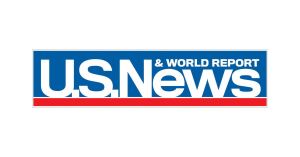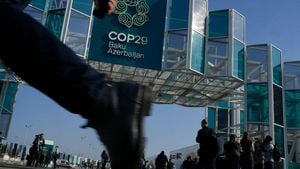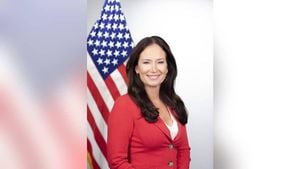NASA's decision to extend the mission of astronauts Barry "Butch" Wilmore and Sunita "Suni" Williams aboard the International Space Station (ISS) until 2025 has sent waves of surprise and concern through the aerospace community. Originally intended as a short eight-day test flight, the mission has turned significantly longer due to technical setbacks with Boeing's Starliner spacecraft. This unexpected delay has raised new questions about the reliability of Boeing's systems at time when safety remains the top priority.
The astronauts, both seasoned veterans with previous space experience, launched aboard the Starliner on June 5 from Cape Canaveral, Florida. They arrived at the ISS the following day, excited for what they anticipated to be a brief stay. The situation soon took a serious turn when engineers identified multiple issues, including helium leaks and thruster malfunctions, which prevented the Starliner from safely returning them to Earth.
NASA Administrator Bill Nelson expressed the agency's commitment to safety during this challenging time. "Spaceflight is risky, even at its safest and most routine. A test flight, by nature, is neither safe nor routine. The decision to keep Butch and Suni aboard the International Space Station and bring Boeing’s Starliner home uncrewed is the result of our commitment to safety: our core value and our North Star," he stated during the announcement.
The decision to send the Starliner home without its crew means the upcoming SpaceX Crew-9 mission, previously slated to launch four astronauts, will now return only two. This alteration enables Wilmore and Williams to occupy the available seats, ensuring their safe return aboard a SpaceX vehicle. Meanwhile, the Starliner will be sent back empty to facilitate this transition.
These choices highlight the importance of prioritizing astronaut safety over expediency. The prolonged mission challenges not only the astronauts' endurance but also poses logistical questions for future missions and Boeing's reputation within the aerospace industry. Boeing, having already incurred significant costs—about $1.6 billion written off on the Starliner project—now finds itself facing added scrutiny as safety concerns burgeon.
"We have had mistakes in the past," noted Nelson, reflecting on lessons learned since the tragedies of the Space Shuttle program. The stakes have never been higher, and the lessons of history guide current decisions. The Thrust malfunction has raised serious questions about the Starliner’s automated landing systems, which are central to ensuring safe reentry and landing.
Wilmore and Williams, who both previously served as Navy captains, are now slated to remain aboard the ISS for over six months longer than originally planned. Their extended timeline will allow them to conduct research and possibly perform spacewalks prior to their scheduled return.<\/p>
Jim Free, NASA's Associate Administrator, emphasized the agency's approach to this situation as one of learning: "We are committed to ensuring our crews and their families are fully informed. The technical progress made by our teams, including thruster testing and analyzing fluid dynamics within the spacecraft, is paving the way for future missions."
While this current predicament might feel disheartening, some experts remind us of the nature of space exploration, which has always been marked by unexpected challenges and the need for adaptability among astronauts. The prolonged mission is not unprecedented; space missions have seen extensions before due to various factors.
Even as they navigate the uncertainties of their extended stay, both Wilmore and Williams are determined to fulfill their responsibilities. Their professional adjustments, coupled with NASA’s significant operational shifts, signal collaboration across the space industry, particularly with SpaceX taking on the role of rescue capsule.
The path to the ISS has proved rocky, yet it opens the field for innovation not only within Boeing but across the entire sector. With the configuration of missions changing based on technical realities, it remains to be seen how this lesson will impact policies and design strategies moving forward.
NASA plans to utilize this experience to refine its safety assessments and prepare for future crewed spaceflights. The final departure of Wilmore and Williams is anticipated sometime around February 2025, rebounding the focus back on safety and incorporating the learnings from this mission above all else.
With the backdrop of rising expectations for commercial space travel, constant vigilance remains imperative to protect the plucky astronauts aiming for the stars.



